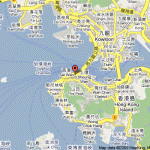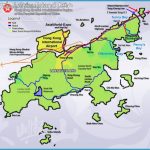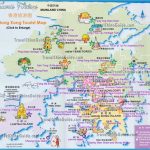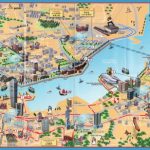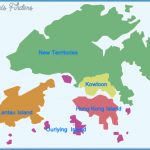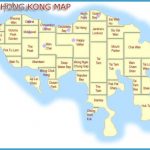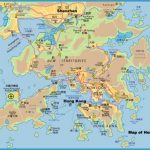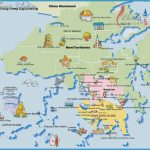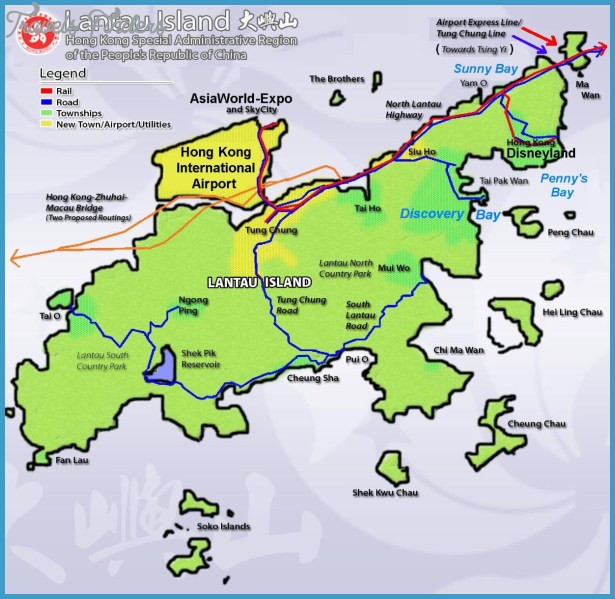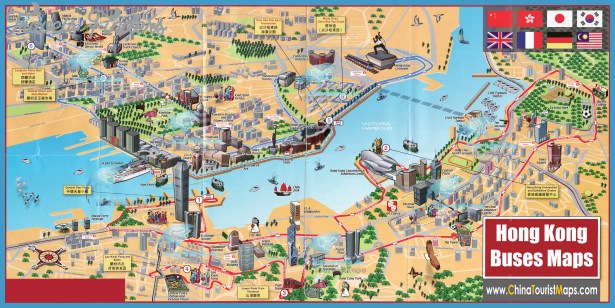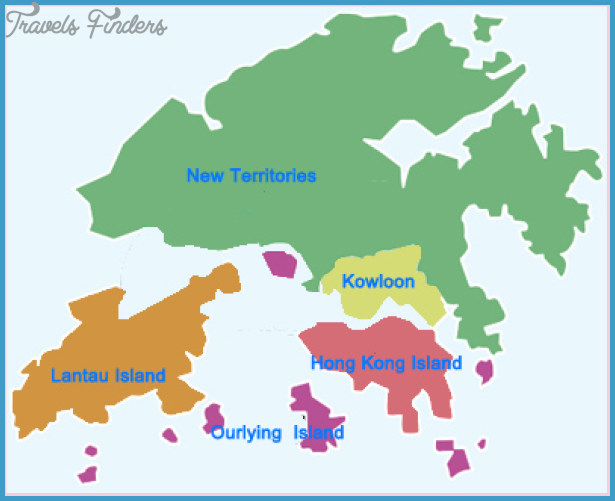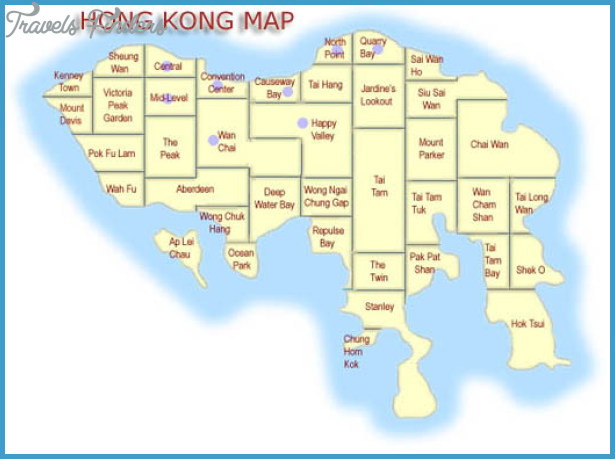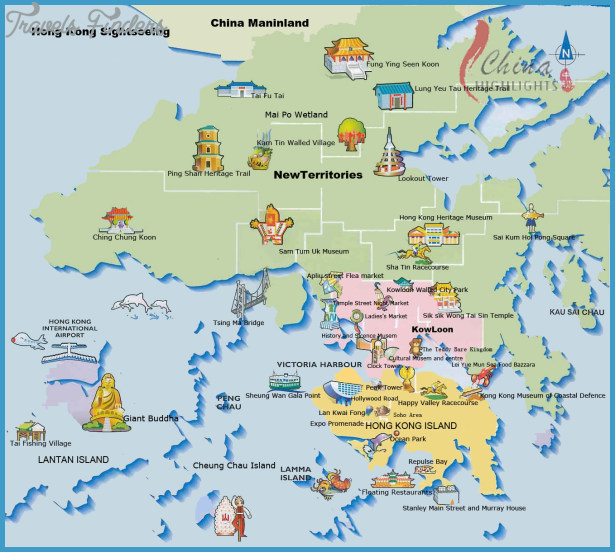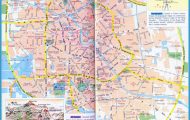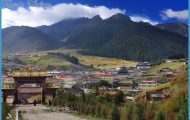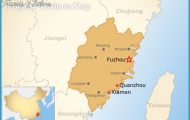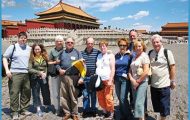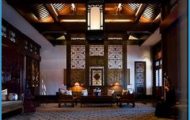Victoria Peak To get the best view of Hong Kong it is best to make the ascent of Victoria
Peak, at 554m/1818ft the highest point on Hong Kong Island (in the northwest). The summit station of the Victoria Peak Tramway is situated at 379m/1243ft and it takes about eight minutes to make the precipitous, breathtaking ascent from the base station at Murray Building behind the Hilton Hotel on Garden Road in Central District (Victoria). This cable-railway has operated since 1888 without any accidents and is therefore one of the oldest and safest methods of transport in the colony. Both trains maintain a balance of weight as the one ciimbs the mountain and the other descends. For the ascent the Peak Tramway is often overcrowded, while by contrast on the downward journey it tends to be less full. It is therefore a good idea to take a taxi or minibus to go up the mountain and then travel down using the tramway.
View The summit station of the cable-railway, known as Peak Tower, redesigned to plans by the British architect Terry Farrell, incorporates a shopping precinct with restaurants and a viewing terrace which offers a fascinating panorama over Victoria, the harbour, Kowloon and the mountains of the New Territories.
In clear weather a walk around the summit, which takes about an hour, should on no account be missed. To the south and south-west there is a view across the whole of Hong Kong Island and the offshore islands. The sunsets are particularly impressive and this is an ideal time for taking photos, especially just as night is falling, when Hong Kong turns into a gigantic sea of lights. It is also weil worthwhile to continue up to the Victoria Peak Garden, a park situated on the upper south slope of Victoria Peak.
The area around Victoria Peak used to be inhabited exclusively by foreigners and it was not until after the Second World War that the Chinese were also allowed to settle here. In springtime the mountain is frequently shrouded in mist and it can be extremely cool. In summer, on the other hand, it can be a place to take refuge from the oppressive heat which pervades the lower-lying built-up areas of the city.
Victoria, generally known nowadays as Central District of Hong Kong Victoria
Island and occupying the northern part of the central area, is both the (Central District) capital and the vibrant commercial centre of the colony. This is where the skyscrapers of the banks and trading houses are to be found, built on land whose value in the past few years has rocketed to astronomic heights. These new buildings have almost completely replaced the older ones of the earlier colonial era. If one looks around in the streets and on the spacious squares between the Mandarin and Hilton Hotels, it is difficult to imagine that up until thirty years ago four or five-storeyed whitewashed houses with verandas stood there. The lawns and fountains of Statue Square were not completed until 1966. Modern high-rise buildings now dominate the skyline of this business district and are also gradually starting to be built further down in place ofthe old commercial houses and offices along the harbourside.
The last remaining relics ofthe colonial period consist ofthe following: the Supreme Court opposite the War Memorial, the old Officers’ Mess, a long grey two-storeyed building with verandas to the east of the Hilton Hotel, St John’s Cathedral, built in 1847-49 and situated opposite the base station of the Victoria Peak Tramway, and Government House in Upper Albert Road, the residence of the British governor.
South-west of Government House lie the Zoological Garden and the Botanical Garden, separated from one another by Albany Road. The Chinese regularly meet here in the early morning for traditional shadow-boxing.

